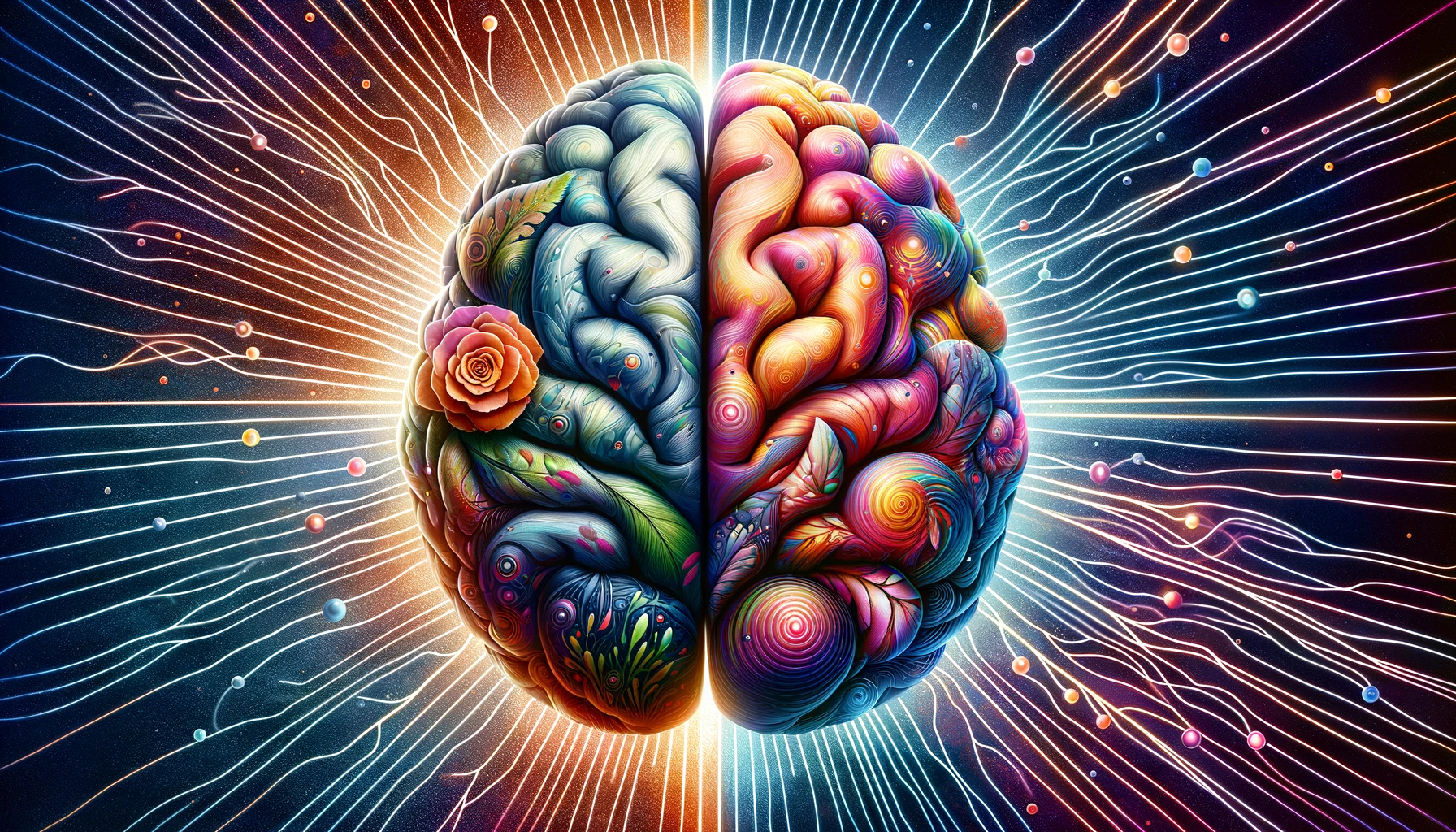Embarking on the journey of mental therapy can be a profound and transformative experience, yet for many, it’s shrouded in mystery. What exactly happens behind the closed doors of the therapy room? This article aims to demystify the process of mental therapy, offering insights into the typical flow of sessions, the techniques employed, and the goals therapists and clients work towards together.
1. Initial Assessment and Goal Setting: The first session of mental therapy often involves an assessment where the therapist learns about the client’s background, current issues, and goals for therapy. This foundational step helps in crafting a tailored therapeutic approach that aligns with the client’s needs and aspirations.
2. Building Rapport: A significant part of early therapy sessions is dedicated to building rapport and establishing a trust-based therapist-client relationship. It’s essential for clients to feel safe, understood, and respected, as this relationship is the bedrock upon which effective therapy is built.
3. Exploration and Identification: Therapy provides a space for clients to explore their thoughts, feelings, and behaviors in depth. Together with their therapist, clients work to identify patterns, underlying issues, and triggers that may be contributing to their mental health challenges.
4. Employing Therapeutic Techniques: Depending on the therapeutic approach, various techniques may be employed during sessions. These can include cognitive-behavioral techniques to challenge and reframe negative thinking, psychodynamic approaches to explore unconscious processes, or mindfulness practices to enhance present-moment awareness and emotional regulation.
5. Developing Coping Strategies: A key aspect of mental therapy is empowering clients with coping strategies and tools to manage stress, anxiety, depression, or other mental health concerns. This can involve practical exercises, homework assignments, or practicing new behaviors both within and outside of therapy sessions.
6. Progress Evaluation and Adjustment: Therapy is a dynamic process, and regular evaluations of progress are essential. These check-ins allow for adjustments to the therapeutic approach as needed, ensuring that therapy remains aligned with the client’s evolving goals and needs.
7. Resolution and Closure: The final stages of therapy focus on consolidating gains, resolving remaining issues, and planning for the future. This phase prepares clients to maintain their mental health improvements independently, marking a significant step towards lasting emotional well-being.
Conclusion: Mental therapy is a multifaceted process designed to foster self-awareness, healing, and growth. By understanding what happens during therapy sessions, individuals can approach this journey with confidence and openness, ready to engage in the transformative work of emotional healing. Whether you’re contemplating starting therapy or seeking to optimize your current therapeutic experience, knowing the ins and outs of the process can significantly enhance the journey towards mental wellness.









